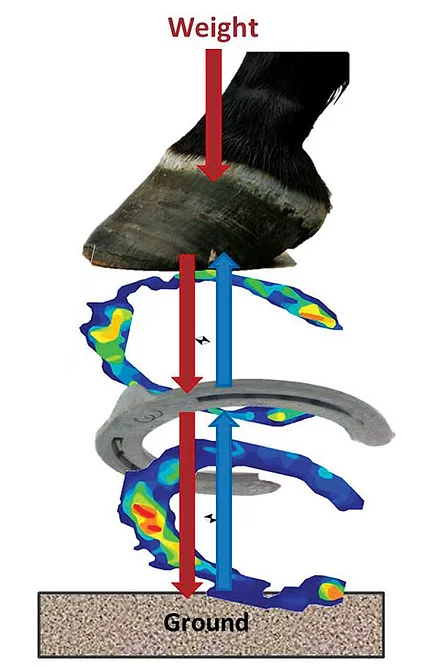American Farriers Journal
American Farriers Journal is the “hands-on” magazine for professional farriers, equine veterinarians and horse care product and service buyers.

The motion of a horse is a complex process, with lots of structures involved to propel the horse forward. Horses are built for speed and their bodies reflect that design.
We know farriers can have an effect on the horse’s soundness. But how does a horse’s movement change what you should be doing for its feet? Jenny Hagen, a professor and researcher at the Institute of Veterinary Anatomy of Leipzig University in Germany, shared this information in a lecture at the 2017 International Hoof-Care Summit in Cincinnati, Ohio.
Hagen says the horse’s movement is divided into two parts: the swing phase and the stance phase. The swing phase is the period of time when the legs are off the ground. The stance phase is the period of time when the horse’s hoof is on the ground.
“It’s very difficult to have a specific effect on the horse’s movement with trimming,” Hagen says. “But everything we try to affect here is connected to your work on the foot — it’s an indirect influence on the proximal/upper locomotor system you can have to try to improve problems there.”